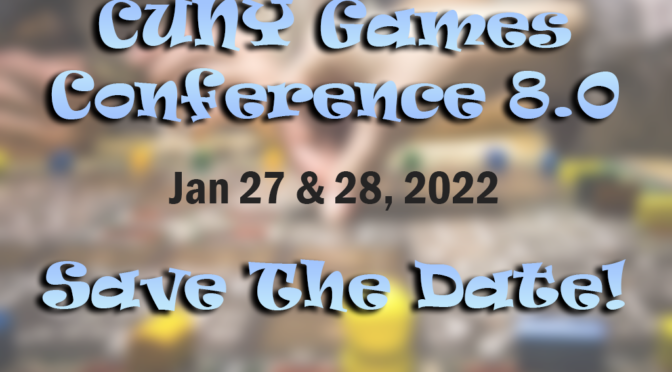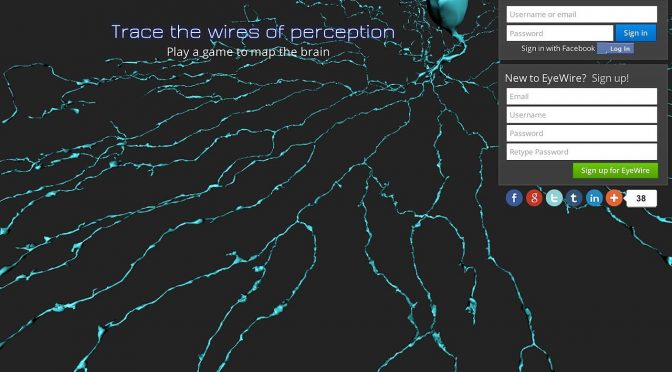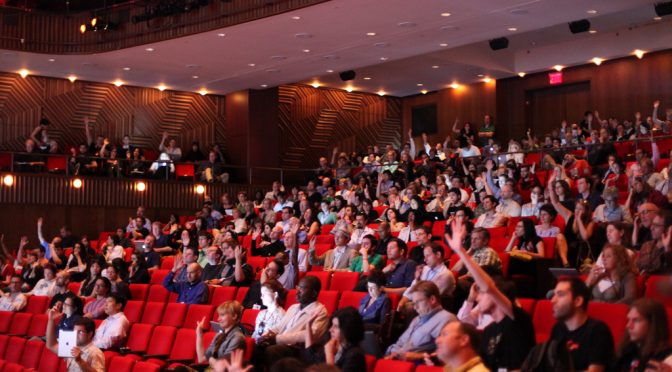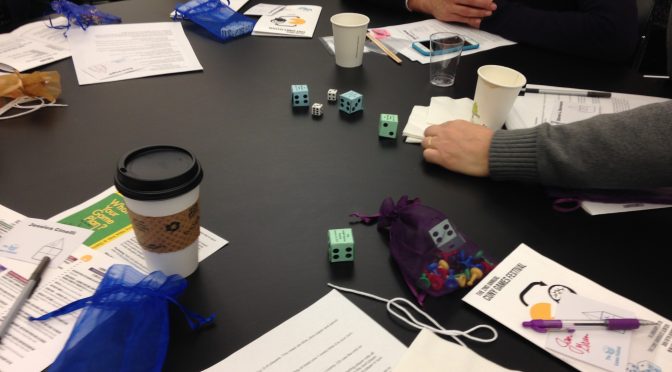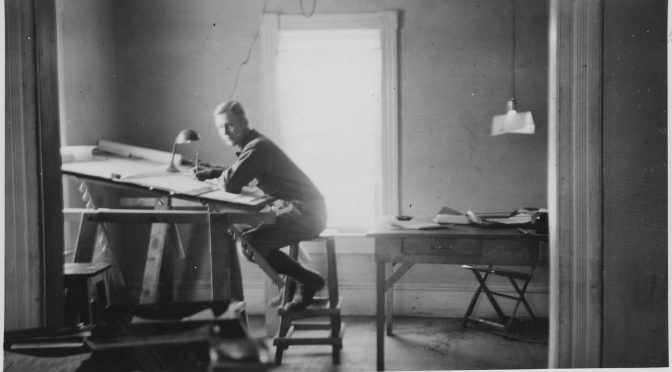In his talk “How Teamwork, Leadership and Culture Drive Results,” Paul Tozour from Mothership Entertainment reviews survey data from game developers about common practice and workplace culture. These self-reported factors are compared to performance metrics with some enlightening results about working overtime (a.k.a., crunch).
The full description of the talk follows: “The 2014-15 Game Outcomes Project was a first-of-its-kind study that analyzed how culture influences outcomes. It found surprisingly strong and consistent correlations between input factors such as teamwork, leadership, crunch/overtime, trust, and respect with discrete project outcomes such as MetaCritic scores, project delays, achievement of project goals, and return-on-investment (ROI).
This talk will introduce the 2014-15 Game Outcomes Project, discuss the motivation for the project, the survey design, all the major findings, the limitations (what we can prove, and what we cannot). It will also provide many new insights not covered in the original study results and offer new analyses of the data and what the data tells us.”
For the full talk, please head to the following link at the GDC Vault:
http://www.gdcvault.com/play/1023258/The-Game-Outcomes-Project-How

